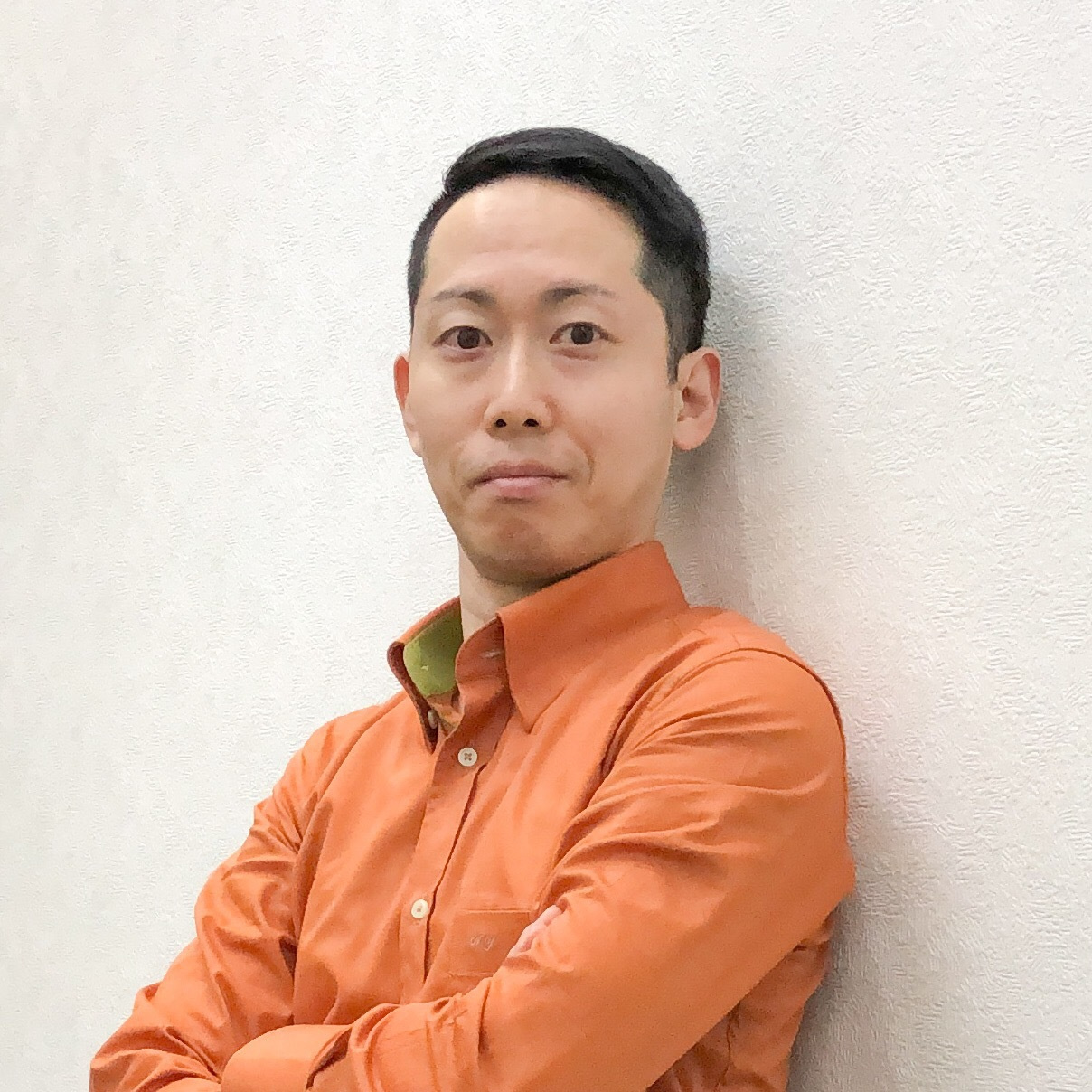About Hanadama
First of all, we have to confirm the original meaning of "Hanadama".
Hanadama is a word which have been used by pearl professionals in Japan since old days, for a few best quality pearls just picked up from oysters, should be undrilled, untreated.
Once it is drilled, it is no longer Hanadama. In this meaning, "Hanadama Necklace" can not be existing because the pearls were drilled and treated.
There are no Hanadama standard as it is too hard to set up because pearl is not a man-made, which includes many of uncertainties. Therefore, the only method to give the best quality pearls the designation "Hanadama" is professional eyes. This kind of pearls are very few. The rate of the pearls can be called Hanadama is around 3% of the total crops.
On the other hand, recently, Hanadama Certificate appeared. What is "Hanadama Certificate"? It does not certify if a pearl is Hanadama in original meaning mentioned above or not. Some laboratories made "Hanadama Grade Range", and the certificate tests if a pearl is meet their criteria of "Hanadama Grade Range" or not.
Considering the original meaning of Hanadama,
* Finished product(s) - drilled, treated
* Laboratories's Hanadama criteria are rough, in fact, upper-middle grade pearls can pass the test
by these reasons, we can't say "With Hanadama Certificate" = "Hanadama Pearl(s)" = "The Best Quality Pearls".
Truly AAA pearls pass the Laboratory's Hanadama test, of course, but AA and possibly A+ pearls also may be able to pass the test.
We don't mean denying the certificate system, but actually, pearl necklaces with Hanadama certificate can be divided into some grades. So as we are a company specializing in pearls, we can not explain that "As this necklace comes with Hanadama Certificate, this is the highest quality." but have to explain the exact quality appraised by our own eyes.
So, we always check our pearls by ourselves, then send them to laboratory to get Hanadama Certificate if a customer want.
Of course, all of our necklaces with Hanadama Certificate were checked by Yokota Pearls. You can wear your necklace without any concern.
In addition to this, the certificates do not mention if the pearls are Japanese Akoya or not. In other words, Even Akoya from accross the sea can get Hanadama Certificate as long as the pearls meet the criteria.
Therefore, there are a lot of "Hanadama" on the internet at various prices. If the pearls with Hanadama certificate are in the same quality, it is easy to find the best buy. The lowest price one is the best selection. However even with Hanadama certificate, qualities are not the same in fact, it is difficult to choose the best one.
We also sell pearls with Hanadama Certificate because many customers want it, but basically truly AAA (high quality pearls) are not sold with the certificate. Mikimoto and other reputable pearl suppliers never use Hanadama Certificate.
Laboratories started measuring nacre thickness, this made people think nacre thickness is very important. Of course it is important, but not the all. Sometimes "look like thick" is more important than actual thickness.
As Akoya pearls are basically small, we can not help but say 0.4mm is "thick" now.
When it comes to South-Sea pearls, usually the thickness is more than 1.00mm because basically South-Sea pearls are large.
But the thicker the nacre, the more dull the luster. So you can see South-Sea pearls are not shine like Japanese Akoya.
That is why Mikimoto and highly respected companies never measure nacre thickness and just focus "look like thick".
By the way, since several years ago, we've said that original meaning of Hanadama and certificate's Hanadama designation is different thing. As long last, one industry group in Japan mention about this issue publicly. Unfortunately, now the article is written only in Japanese, but all that we have here condensed, the article's title is “information calling attention about Hanadama signarure”. And they say in the article that “Hanadama is not the word for finished Akoya, originally since old days pearl professionals have been using the word Hanadama for only a few best pearls, just picked from oyster.” “Now most cases the word Hanadama is used as different meaning from the original meaning.”.


 E-Mail
E-Mail









 http://www.yokota-pearl.co.jp/
http://www.yokota-pearl.co.jp/